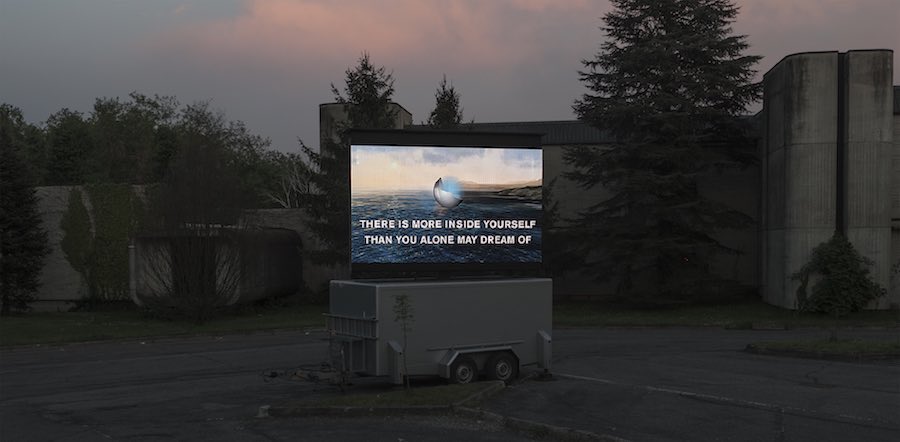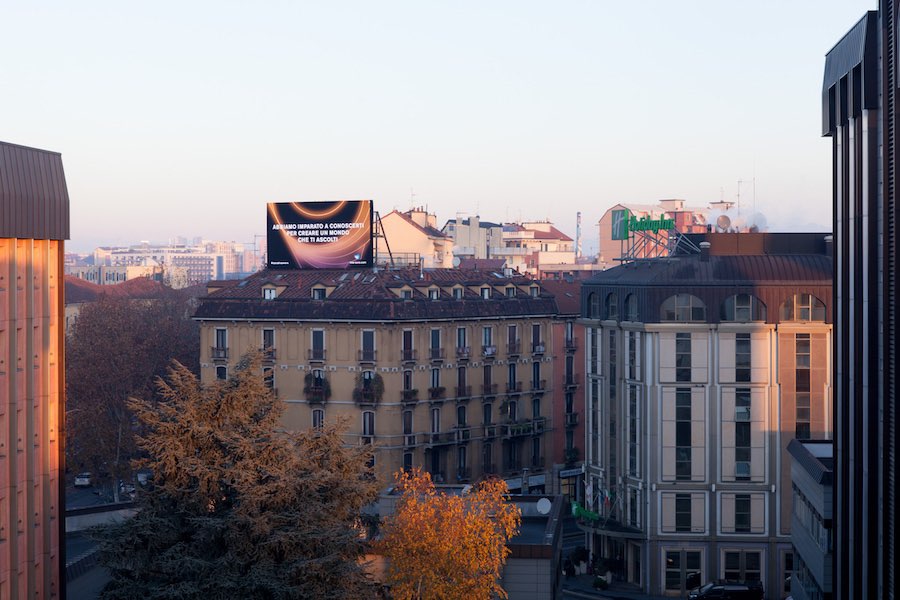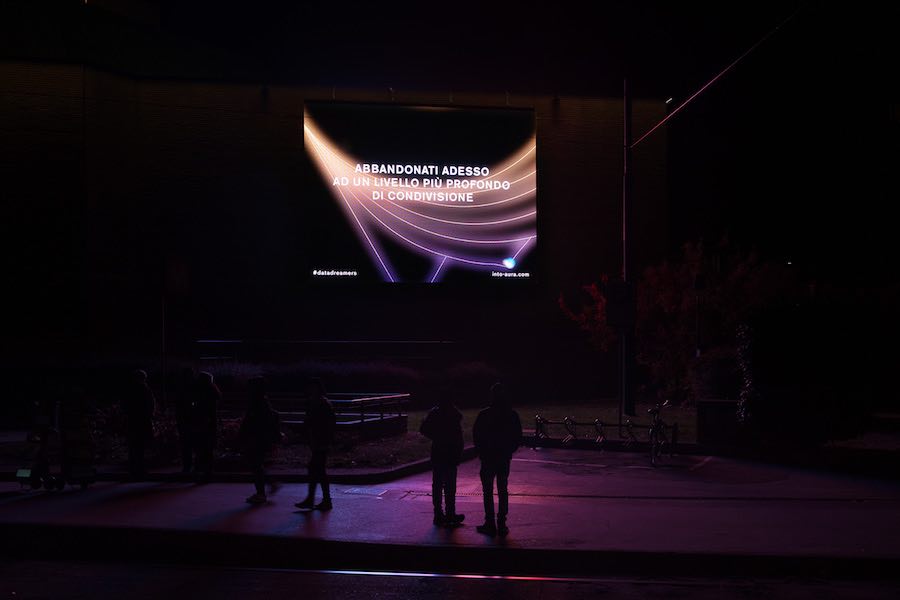Marco Paltrinieri, artist
Andrè Malraux, Museum Without Walls, published by Granada Publishing, 1974
Over the last forty years of his life, Malraux would assemble, disassemble, and reassemble montages of photographic reproductions to create Le Musée imaginaire, which ranks as one the twentieth century’s seminal manifestations of the archive. Malraux’s idea of an imaginary museum, a “museum without walls” (which he first announced in 1947), is a prescient manifesto of the digital age that enacts the displacement of the physical art object and the museum by photographic reproduction.
On which fields of knowledge are you focused?
Artistic research, visual culture
What is the object of your research?
As a member of Discipula I work on the role and uses of images in the contemporary mediascape. As a solo artist I’m interested in exploring, mainly through sound and text, the effect of technology on human psyche and consciousness as well as the re-engineering of reality by systems of power.
Could you identify some constants in your work?
I’m interested in narrative strategies as well as on the relationship between reality and fiction. I often adopt strategies of appropriation and manipulation of pre-existing material. I have a multidisciplinary approach (sound, text, still and moving images).
How did you find out about Aby Warburg’s work?
I don’t remember, many years ago probably through Mirko Smerdel, a friend and member of Discipula too. Warburg set the standards for working with the archive in a very dynamic, inventive and contemporary way. In his work there was no difference between high and low culture.
How would you define an Atlas?
A system/framework through which to collect and organize different contents.
Atlas as a conceptual, formal and mnemonic device; do you use it in your work?
Not explicitly. I tend to have for each project a fairly liquid mental map of “places” I want to explore.
Do you know about the existence of Mnemotechnics?
Yes.
Which mnemonic system guides the organization of your material?
There isn’t any. I often find myself replacing forgotten ideas with new ones. It keeps my head in motion.
Are there visual and emotional formulas (pathosformeln) in your project?
In loose terms, yes.
In your work, do you identify formal or conceptual recurrences such as repetitions and disruption, distance and proximity, identity and migration, conflict and colonization?
I do. With Discipula for instance we’ve been constantly observing and appropriating the mechanisms that make images and visual language more in general such a powerful tool not only in today’s communication processes but also in the way they are shaping how we think and perceive. In many of our projects we often imitate and reprogram existing contents in order to present to the public something apparently familiar but that can also reveal, at a second sight, a certain amount of incongruities. This is the case for instance of our project “How Things Dream” in which we created an imaginary corporate, AURA, which is a simulacrum of many of today’s tech corporates dominating the economic (and cultural) scenario. We appropriated and then sabotaged the aesthetic and dialectic of this kind of entity in order to trigger a reflection on the many present and future consequences of the connection between technology and capitalism.
In your work, what is the balance between image and text?
They are in continuous dialogue within ecologies of signifiers which are our projects.
Thinking about Warburg’s ‘good neighborhood rule’, what are the books that underpin your personal projects?
Whole Earth Catalogue – Stewart Brand
Superstudio Opere 1966-1978 – Gabriele Mastrigli
Le Cosmicomiche – Italo Calvino
A User’s Guide to the Millenium – JG Ballard
Naked Lunch – William S. Burroughs
Marco Patrinieri is a founding member of the artistic research collective Discipula, whose works have been exhibited in galleries, museums and festivals in Italy and around the world. Discipula is the recipient of several awards including the Level 0 Art Verona 2017 Award, the Francesco Fabbri Foundation Award for Contemporary Arts 2016 and Les Rencontres d’Arles, Author Book Award 2015. His first solo album, The Weaver, will be out soon on Canti Magnetici Records. Currently he teaches “Teoria dell’Immagine” at Cfp Bauer in Milan.


